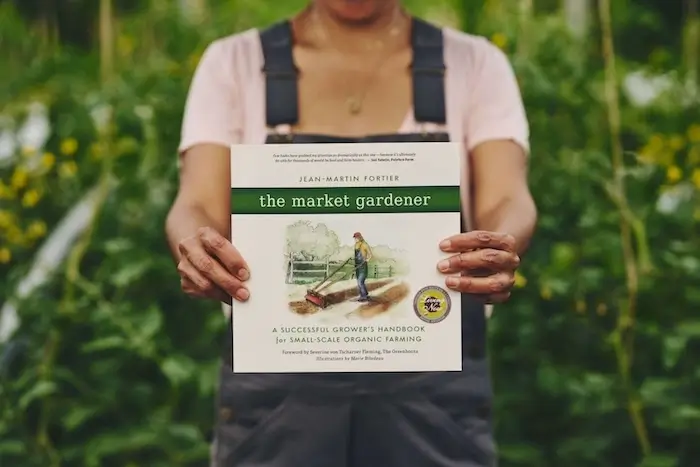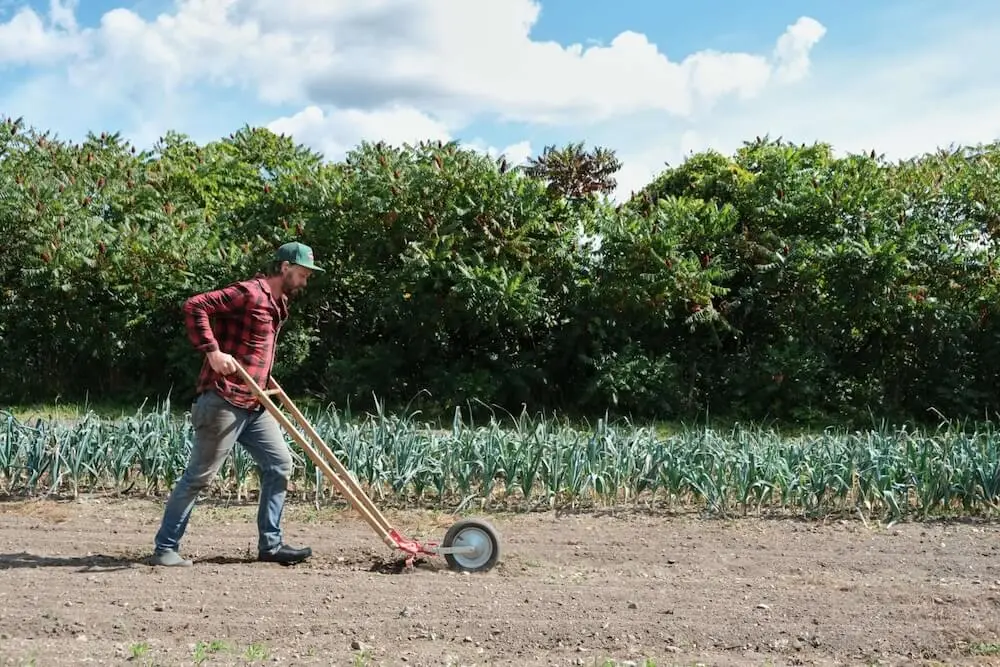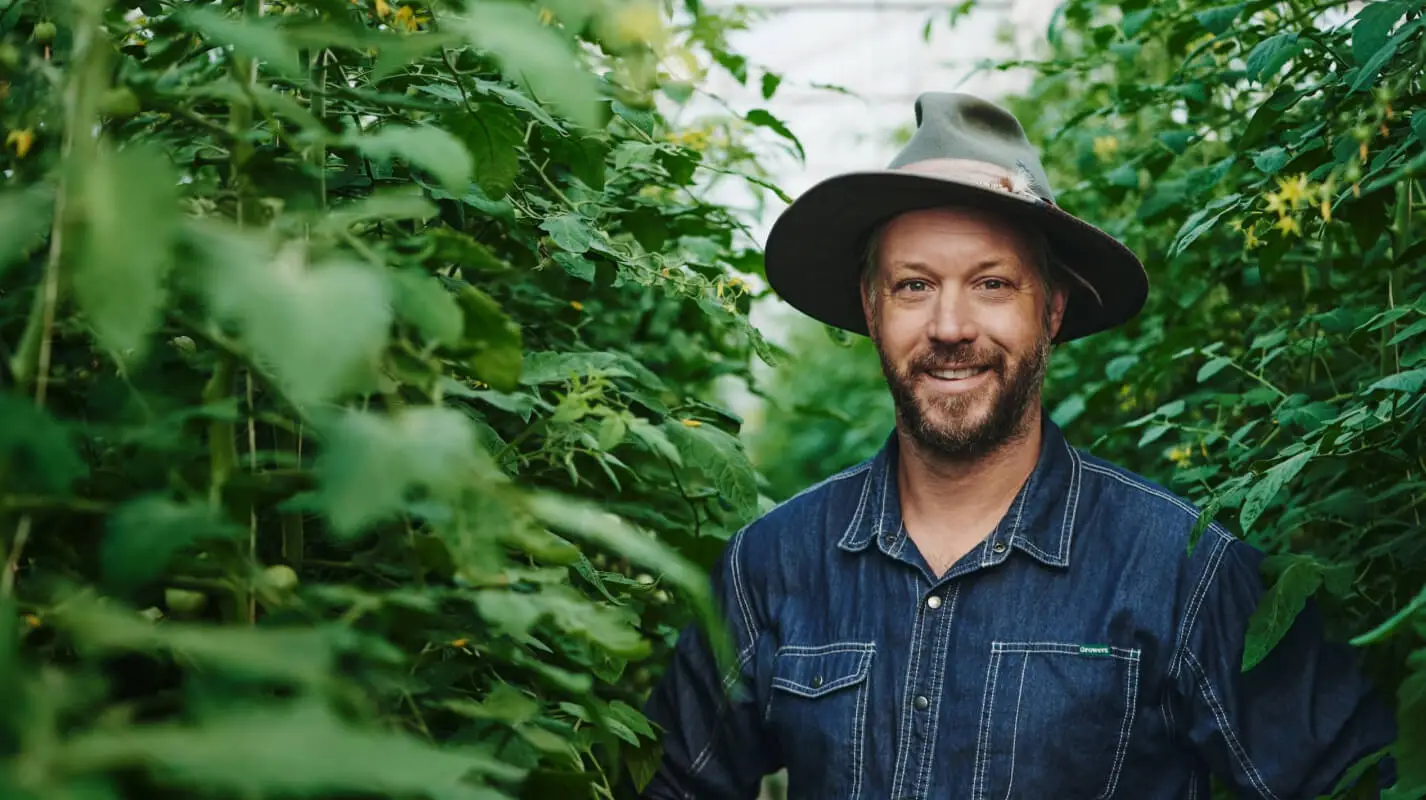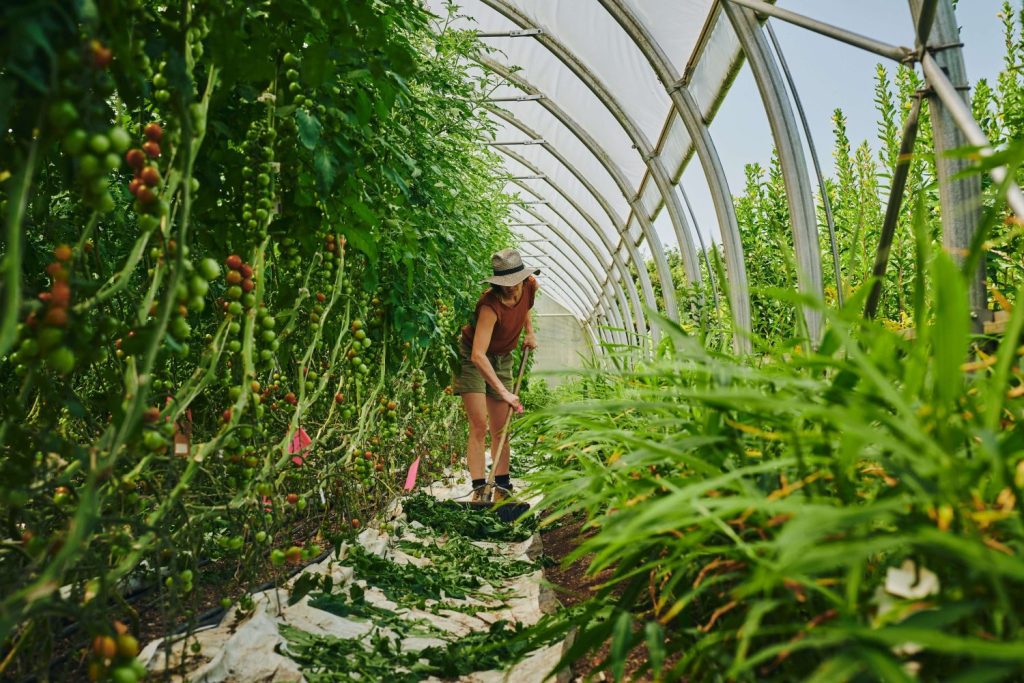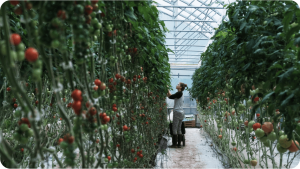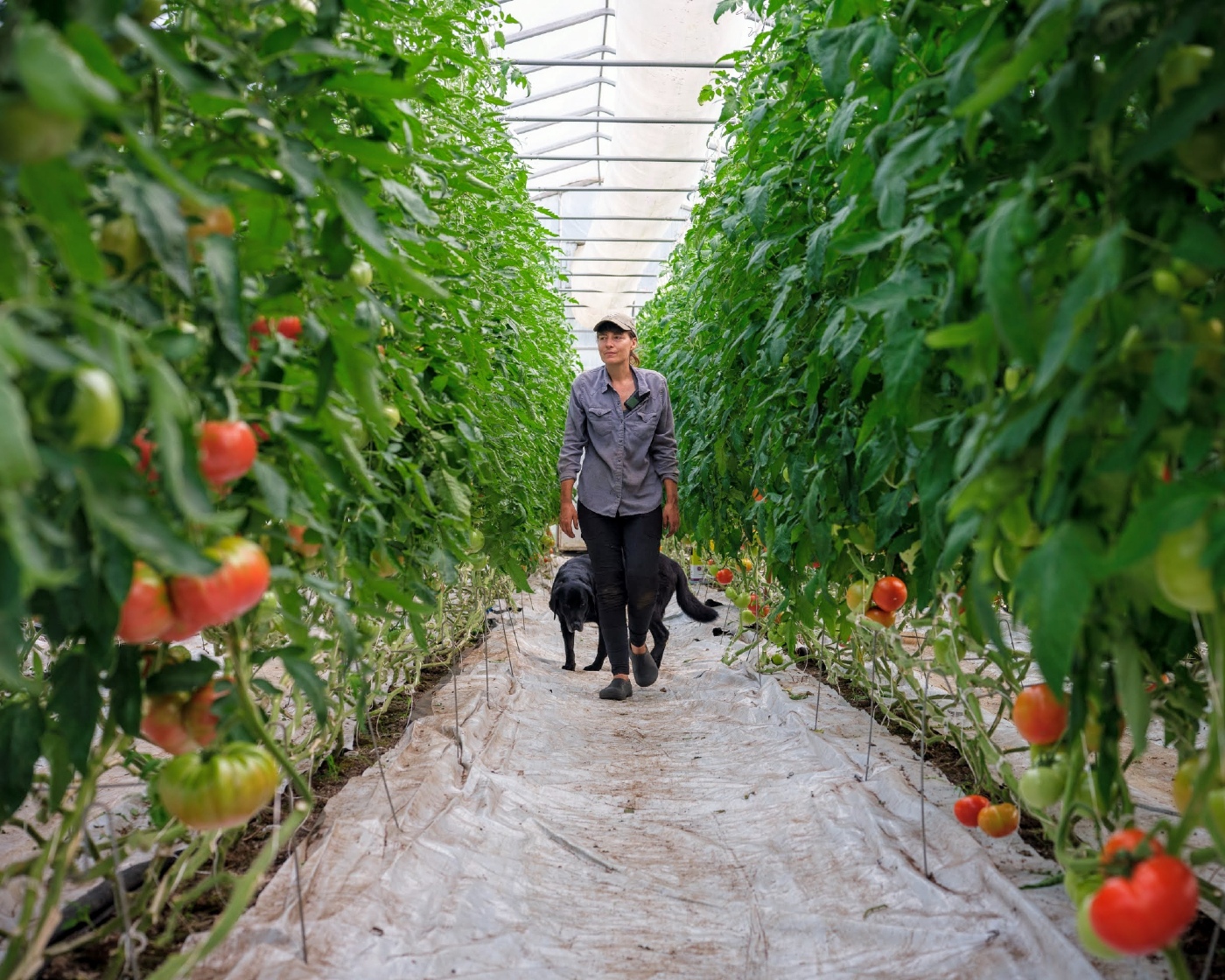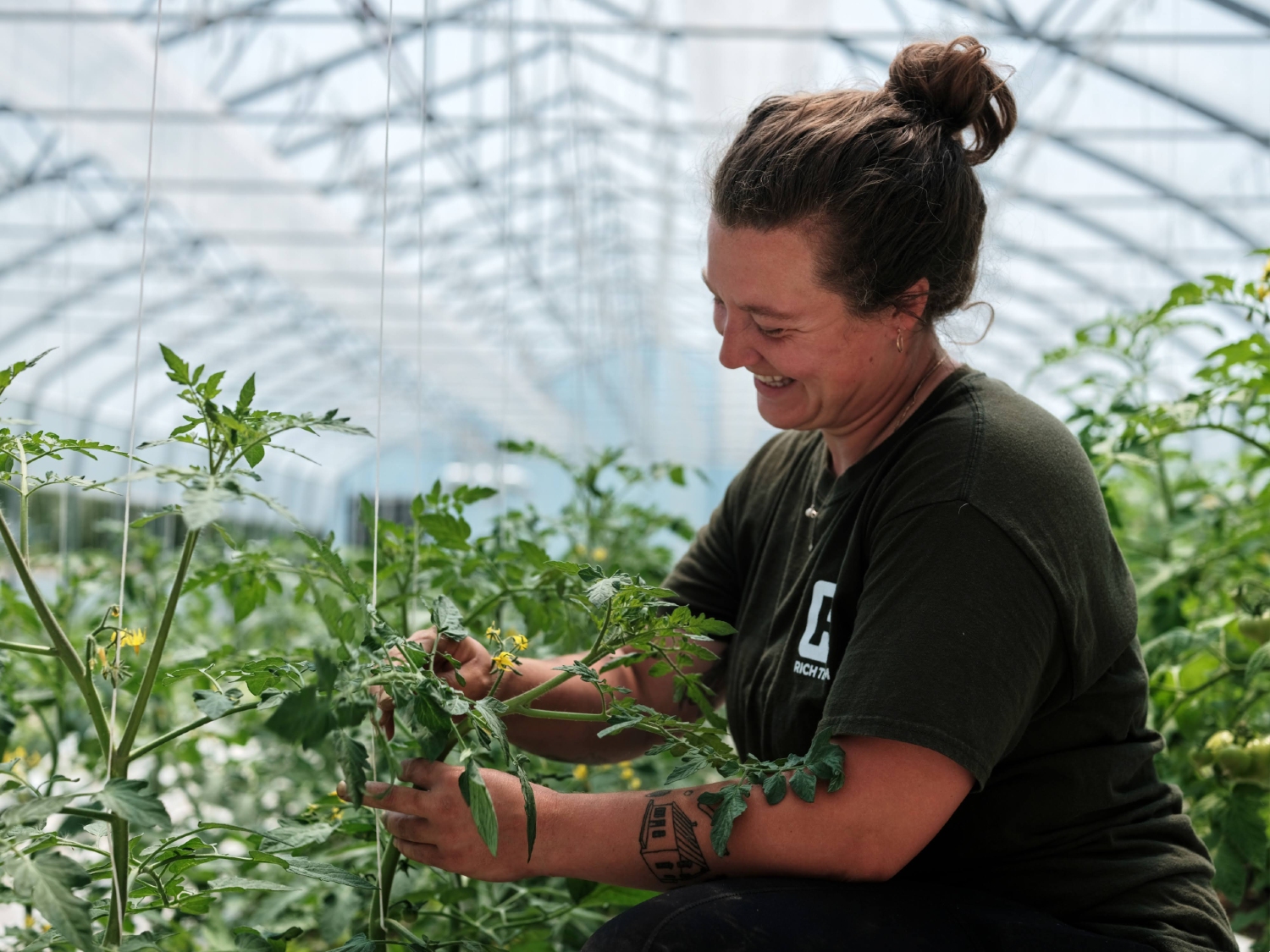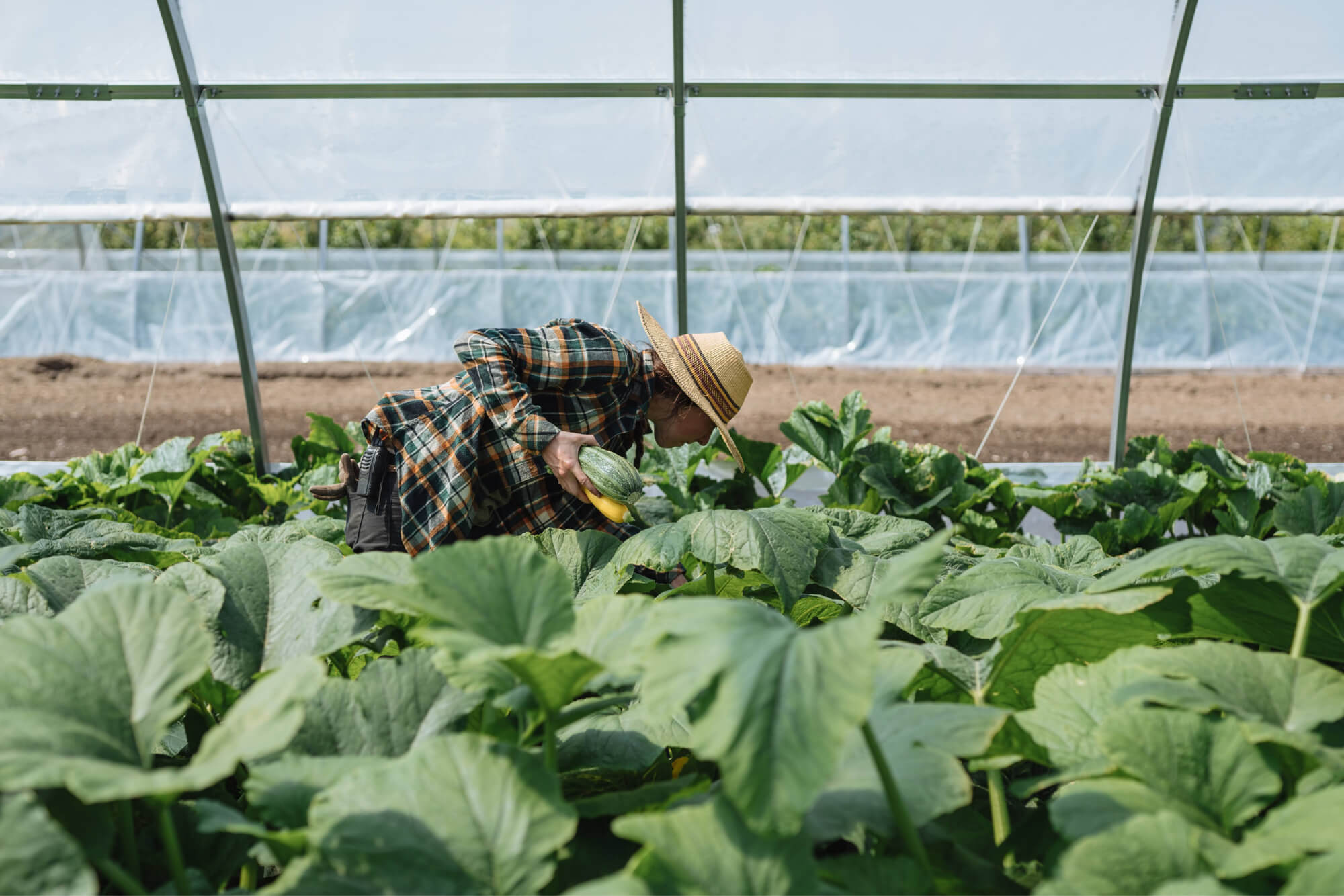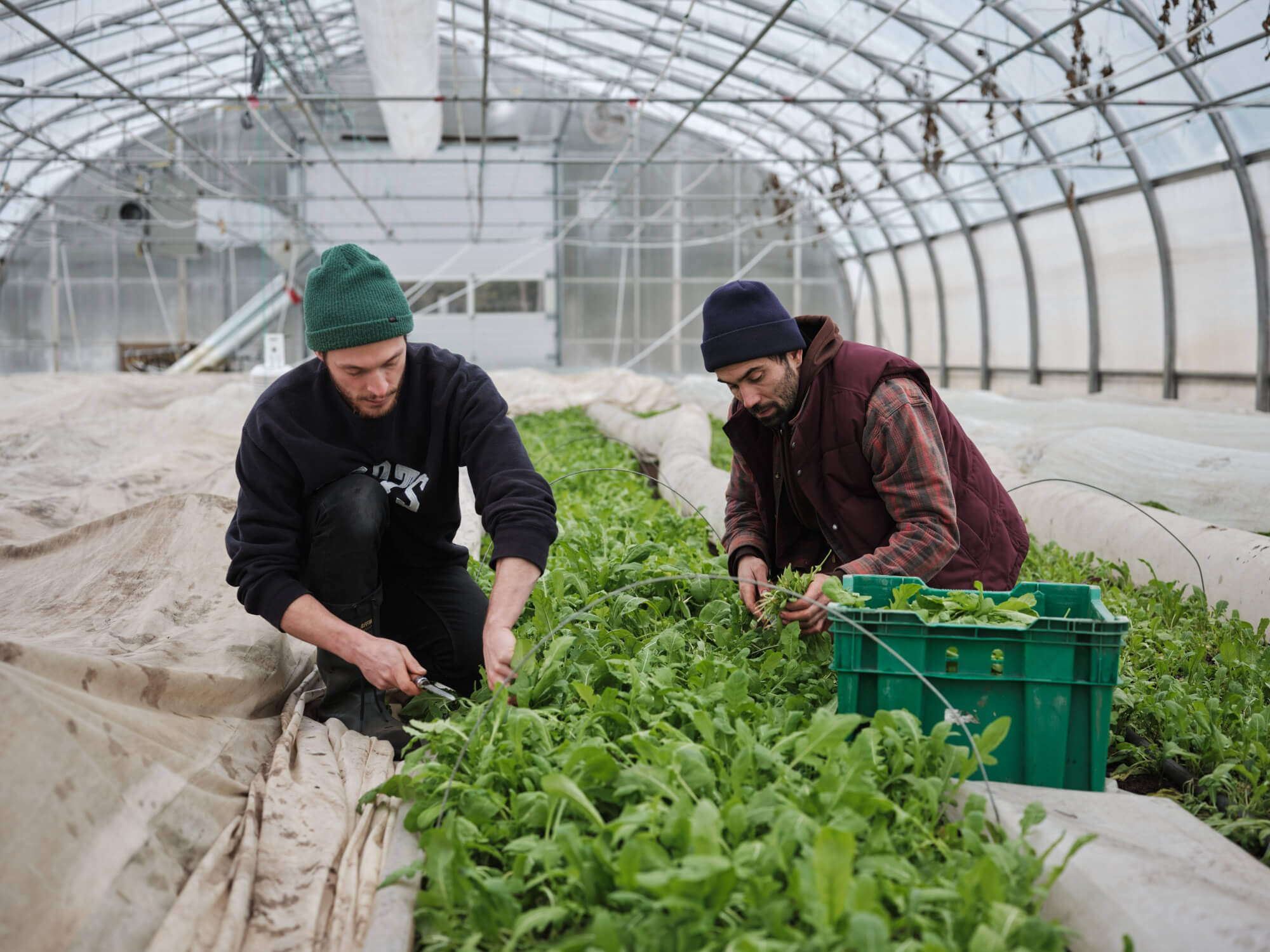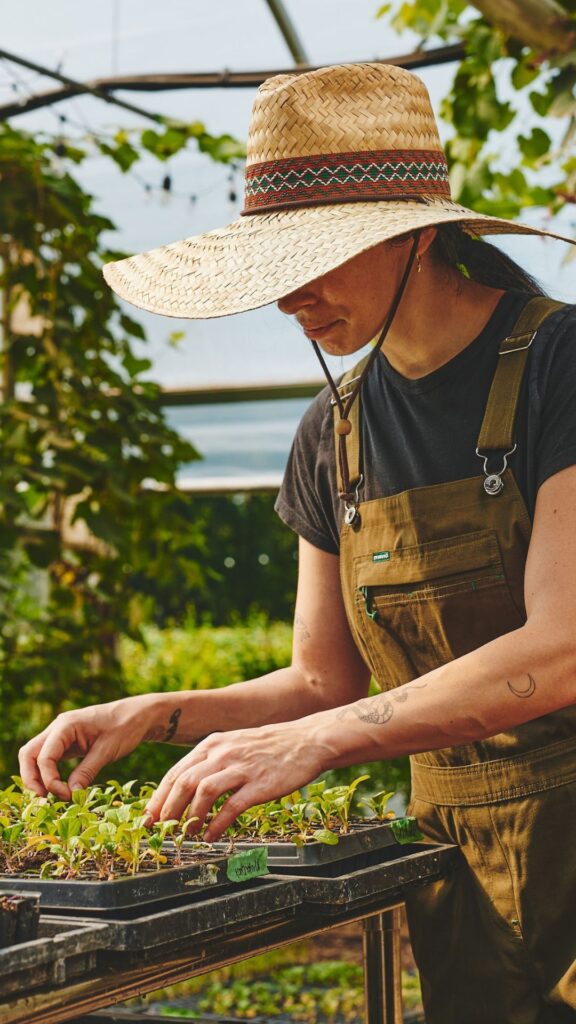You know, if there’s one thing I’ve learned over the years, it’s that dealing with greenhouse pests is a battle you win before it even begins. That’s the essence of Greenhouse pest prevention—tackling issues before they arise so you can work with peace of mind. In my early days, I was mostly reactive.
It was a constant source of frustration, a huge time sink, and let’s not forget the financial hit. Losing a crop to pests? It stings. But as time went on, through a lot of trial and error (and some hard-won wisdom), I discovered a far better approach—a proactive one that focuses on preventing those infestations from taking hold in the first place.
And that’s what I want to share with you. If you’re dreaming of a thriving, relatively pest-free greenhouse (because let’s be real, completely pest-free is a tall order!), then you need a solid plan. So, let’s walk through this action-based plan together. In this greenhouse pest prevention guide, we’ll cover how to identify risks, head off outbreaks, and protect your precious crops throughout the season.
Step 1 of Greenhouse Pest Prevention: Designing Your Greenhouse to Keep Pests at Bay
Naturally, one thinks that a greenhouse would be a place of peace for the plants. But without some very smart building considerations, a greenhouse will quickly turn into the perfect ambiance for the pests. I have witnessed this.
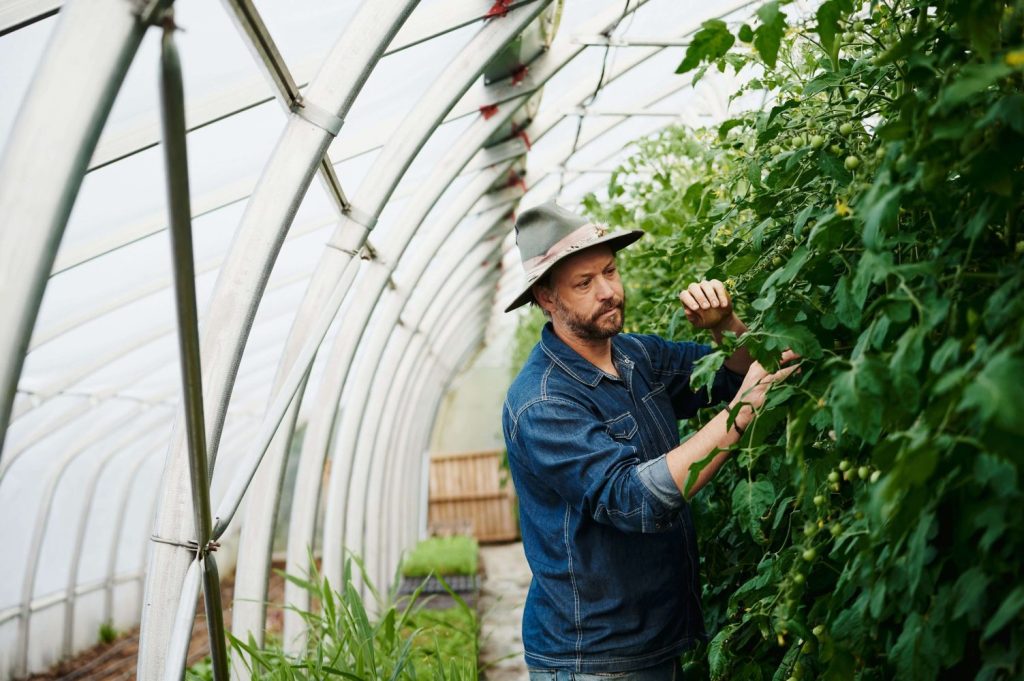
Control Entry Points
- Fill in cracks: Insects can be very tiny and yet sneak through the smallest gaps. For better greenhouse pest prevention, make sure to fill these up.
- Use insect screens: You must have them on your doors, vents, and fans. No compromise here in my opinion.
- Change your clothes: This may seem excessive, but insects can find their way inside on your clothes or equipment. By wearing clean clothes, you avoid accidentally bringing pests into the greenhouse.
Airflow and Humidity
- Lots of ventilation: Stale air is loved by pests. Thrips and whiteflies are especially attracted to it. For better greenhouse pest prevention, make sure to have a good airflow.
- Watch humidity levels: Spider mites will have your greenhouse when there is little moisture; too much will give way to a fungus gnat attack. Finding that sweet spot is key.
- Use oscillating fans: Good for flying insect discouragement and physical strengthening of your plants.
Neatness Above Being Godly
- Clear the area for debris: As fast as they fall to the ground, leaves should be taken up, and any other debris from your plants will invite pests.
- Keep it clean: Spray your tools and the work surface down after each use or between plantings.
- Also, think before you store: Storing stuff like old pots or soil is an invitation for pests. They’ll likely carry eggs.
Allow your plants to acclimate: One of the most important pest prevention steps in the greenhouse is to always set up a quarantine area for new plants. Check and then check those new plants again before allowing them to come into contact with the plants already in the greenhouse.
Looking to level up your greenhouse setup alongside your pest prevention strategy? If you’re searching for insights into greenhouse design, our comprehensive Greenhouse Growing Guide is the perfect next step. Whether you’re just getting started or looking to optimize an existing system, this guide will walk you through the key questions every grower should consider—each one backed by years of practical, hands-on experience.
It’s a great companion to the pest prevention steps outlined in this blog and will help you build a more resilient, efficient greenhouse from the ground up.
Step 2 of Greenhouse Pest Prevention: Develop Those Monitoring Habits
In my experience, most pest issues in the greenhouse start off small with just a few individuals. The minute you spot pests coming in, you have got them beat. Period.
Let’s go over the key pest prevention steps in the greenhouse you should be taking:
Daily Plant Assessment
- Beat the under-leaves: Inspect leaf bottoms for established colonies of eggs and minuscule insects.
- Awareness of all possible early signs: Yellowing, curling, holes, or webbing means a chain.
- Study the plants’ behavior and look for anything abnormal, like stunted new shoot growth or premature flower closure. Something is definitely wrong. Look into it. Equip yourself with a magnifying glass to make your inspection easier.
Sticky Traps: Your Early Detection Alarm
- Yellow, used for most of the pests: Aphids, whiteflies, and thrips can be noticed from their choice to go for the yellow sticky traps.
- Blue, used for thrips: Thrips are attracted to blue sticks. Have good numbers of them coming in.
- White, used for tarnished plant bugs: All the same, make sure a few white ones are also in your stock.
Action tip: Leave some space in the greenhouse floor and set traps at plant height. These should be set up near as many entry points as applicable. Always check the traps early and often.
Step 3 of Greenhouse Pest Prevention: Know your pests!
Since greenhouse pests surprise so many of us in the same way, we must then look to exploit their weaknesses. Here are some pointers :
What Are Aphids And What Kind Of Damage Do They Cause?
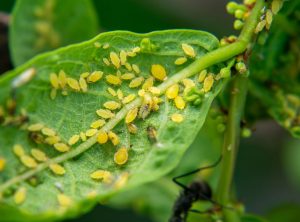
Aphids appear to be the main issue in greenhouse environments due to their plentiful and stubborn nature. The small soft-bodied insects suck the sap from plants to feed on it. They weaken the plants considerably, making them susceptible to disease. The other part of the problem is that they are huge reproducers; it just takes one or two aphids, and they will quickly turn into a full-blown plague within a few days. They also secrete honeydew, a sugary substance that leads to the fungus known as sooty mold, which gives added stress to the plant.
Aphids can stunt growth if not controlled, while the damage they cause can distort leaves and transmit several viruses to plants.
My main strategy is to introduce ladybugs early in the season because they consume aphids.
What Are Whiteflies And What Kind Of Damage Do They Cause?

Whiteflies particularly like warm, still greenhouses, making such environments their haven. These small white-winged creatures pile up on the undersides of leaves feeding on sap, thus weakening the affected plants. Just like the aphids, their honeydew culture fosters sooty molds so that the victimized plants further deteriorate.
The major threat with these white-destined pests is their ability to spread baneful viruses like the tomato yellow leaf curl virus (TYLCV). Whiteflies scatter quickly and confer resistance to treatments, hence contributing to whitefly management failures.
This is what I do: I first install yellow sticky traps, they are great for monitoring the population and alerting you early. I also release Encarsia formosa Parasitic wasps as soon as I physically see whiteflies. They are tiny but just a force to be reckoned with.
What Are Striped Cucumber Beetles And What Kind Of Damage Do They Cause?
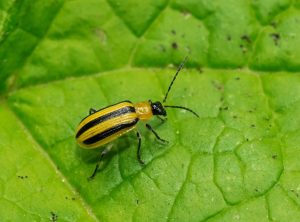
Striped cucumber beetles come to you with cucumbers, squash, and melons. Instead of nibbling and attacking on merely the surface, they actually attack all the way through the plant at every stage. The beetles eat holes in all leaves and flowers before young larvae dig into roots, causing additional stress. The worst part? They transmit for bacterial wilt, the notorious disease means total destruction of your cucurbits after being affected. These most-cruel geniuses will cause severe destruction even with a small population and thus imply the necessity of prevention.
My main method of control: I place floating row covers over young plants the moment I plant them, and before they start to flower and need to be pollinated. I also rotate my greenhouse cucumber crops to not grow them two years in a row in the same greenhouse. I rather alternate from the 3 different greenhouses that we have on the farm.
What Are Spider Mites And What Kind Of Damage Do They Cause?
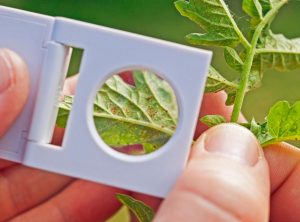
Spider mites are incredibly tiny, almost microscopic, but their damage is quite evident. These pests love the hot, dry conditions of a greenhouse and suck the cell contents of the plant, leaving small yellowish or whitish spots on the leaves. If the numbers get heavy, they will make fine, enchanting webs on the underside of the leaf, leading to its desiccation and eventual fall. Their high reproductive rate adds to the difficulty of eradicating the established population.
My main go-to strategy here is to install misters in my greenhouse and, with a timer, mist the greenhouse many times a day, in fact per hour, keeping humidity above 50%, is the best way I’ve found to keep spider mites in check.
What Are Thrips And What Kind Of Damage Do They Cause?

Thrips are minute, elbowed creatures who pierce the plant tissue and consume the cell. Upon feeding on these cells, silver streaks and leaf yellowing result. The said deformities of leaves, flowers, and fruits are formed. Such stress—physically deformed plant parts—plus the insect’s ability to transmit plant viruses (especially the Tomato Spotted Wilt Virus) are the characteristics of thrips. The stealthiness of thrips is, however, that once they have gained residency, they are unreachable and thus stretch deep into the flower and new growth, thus making control just about impossible.
My tool for pest prevention in the greenhouse: Use sticky traps in the event they are seen early, and introduce Amblyseius cucumeris (Predatory Mite). These mites eat thrip larvae before they become adults. If you use only one predator, this is the one I recommend.
What Are Tarnished Plant Bugs And What Kind Of Damage Do They Cause?
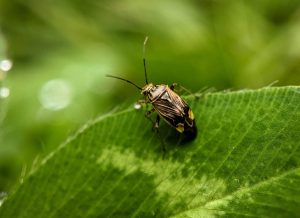
Tarnished plant bugs are well known with regard to the damage they do when feeding. These mottled brown pests incredibly inject a toxin into plant tissues as they feed, causing misshapen squirrels in leaves and fruit. The leaves dry out, then some fruits become deformed under the effect of the bugs, giving them a scarred and bumpy appearance. Alternatively, they feed on growing flowers, making them fall off, and continue to flourish because the bugs are relatively fast and mobile; they must be detected early and then dealt with.
My protection strategy is to use the “smack the plant” technique to detect them early on and if an infestation is looming, spray a pyrethrin-based product. This provides a quick knockdown but should be used sparingly as a preventive measure.
Staying Ahead Means Staying Strong (and Breathing Easily)
You can go just about pesticide-free on a journey to keep your greenhouse as clean as in your four-wall dwelling. It can be done. How?
The key lies in prevention, an early detection is equally crucial, and selective action must be rapidly executed in service of the need.
Yes, these are all chores—but they pay off with fewer diseases, a greater return, and much more peace of mind. One of the best ways to achieve this is by following solid pest prevention steps in greenhouse management. A thoughtful, consistent routine makes all the difference.
If you’re serious about getting into greenhouse production, you should consider joining our online course Mastering Greenhouse Production! This greenhouse farming course brings together all the most important information you need to know to reduce errors, improve efficiency and increase your bottom line. It provides precise written and video instruction, to give you the exact methodology, tools and techniques needed to grow crops successfully in a context of heightened efficiency.

